Even though British Leyland stopped selling the MGB, Midget, and Spitfire after 1980 and the TR7/TR8 in the United States after 1981, I still find numerous examples of each of these English sports cars during my junkyard explorations four decades later. Each type was affordable when new, was fun to drive, and retained sufficient affection among owners to be kept intact in driveways and yards for years after they stopped running. Still, for each one of those cars that gets revived and put back on the road, many more get swept into the automotive dustbin, to end up being parted out while in the crusher's waiting room. Here's a '79 TR7 convertible, found in a Silicon Valley car graveyard a few months ago.

1979 was the first model year for a TR7 with a true convertible roof. Known as the Drophead Coupé, this type appeared in American Triumph showrooms a year before their British counterparts.

The TR7's engine was the Triumph Slant-Four, a high-revving SOHC design originally developed for use in the 1968 Saab 99. The one in this car was rated at 88.5 horsepower when new (yes, British Leyland eagerly claimed that half-horse). Later in 1979, the TR8 and its 133-horsepower Rover (Buick) V8 became available in the United States.
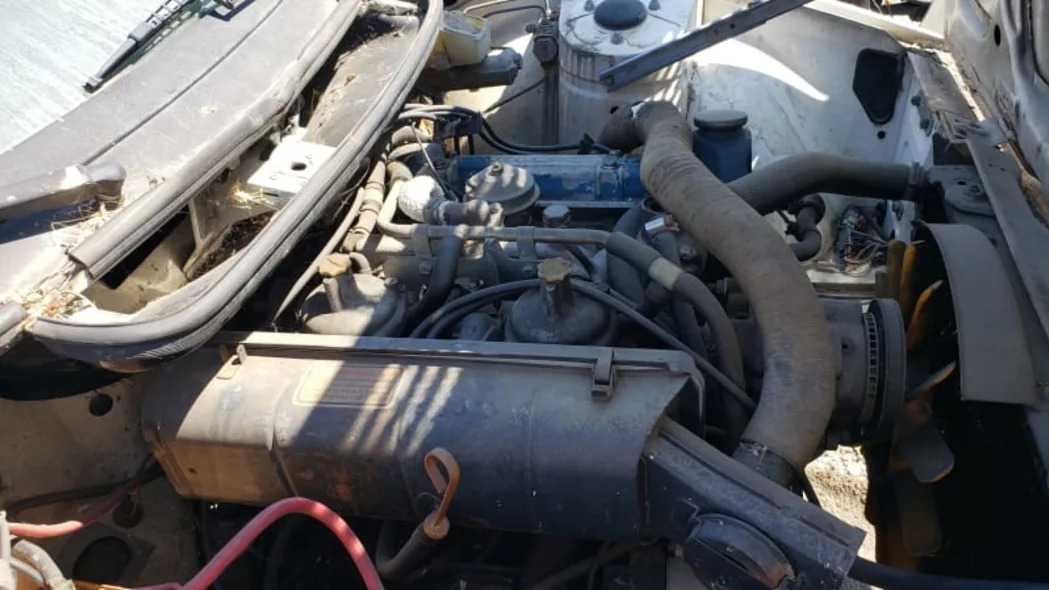
This car still had its twin SU carburetors when I found it. When the SU works well, it's a great carburetor (though I prefer the Hitachi-built versions that went on 1970s Datsuns).
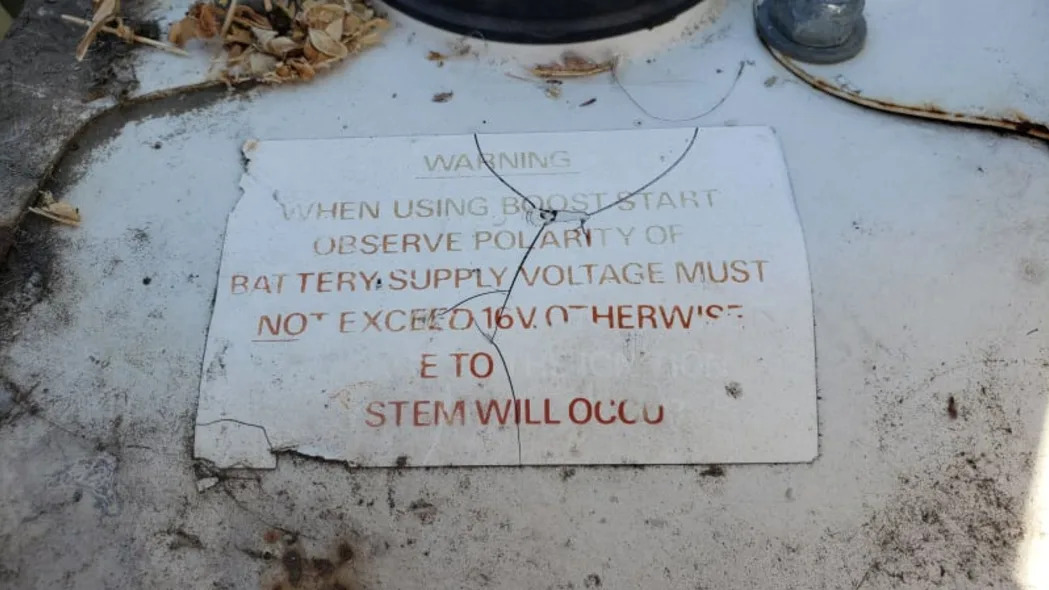
The TR7 was simple and reasonably easy to work on, but (like most of its British contemporaries) it suffered from an often-haunted electrical system provided by The Prince of Darkness. Get home before dark!
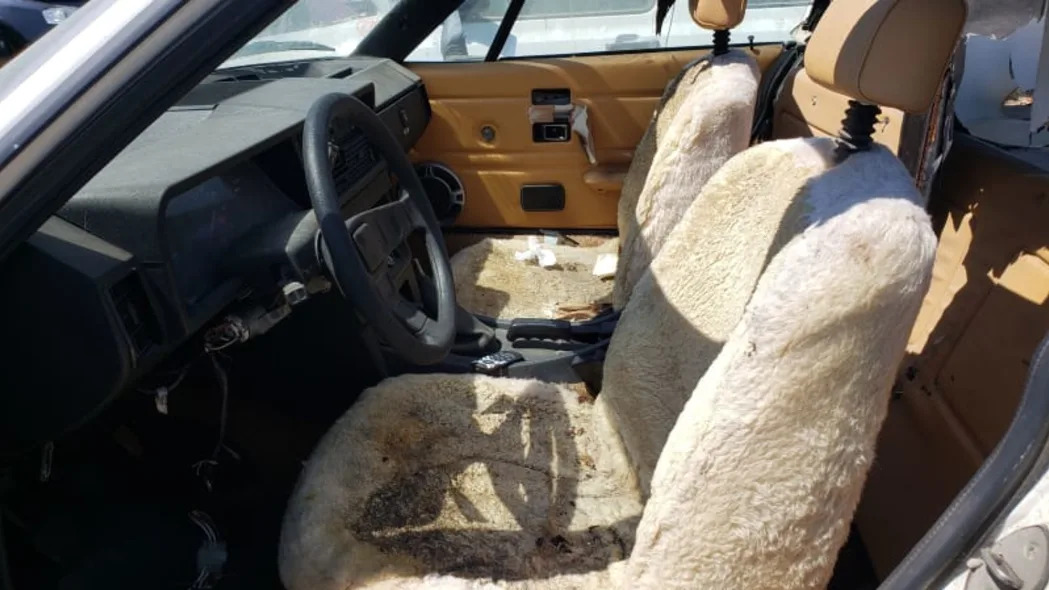
If you're looking for a fun vintage project car with decent parts availability, a TR7 is a good choice. The MGB and Fiat 124 Sport Spider offer a similar combination of generous parts access, driving enjoyment, and low cost of entry.
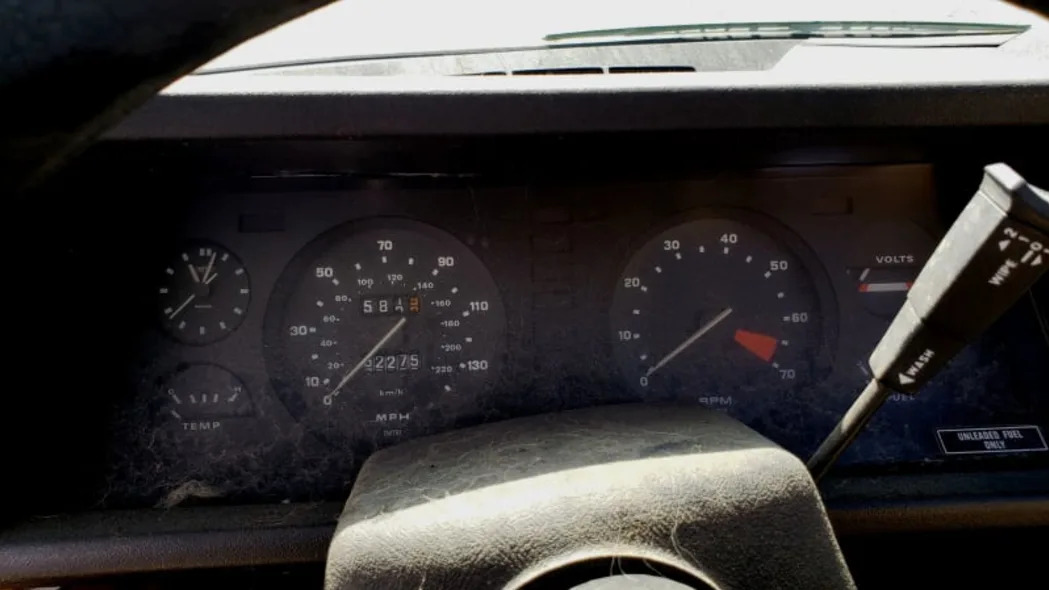
How many miles were on this one when it left the road forever? With a five-digit odometer, this could be an honest 62,275-mile car, or a 162,275-miler (I find the idea of 262k or 362k miles on a TR7 very unlikely, though it's possible).
As we all know, everything in the post-1979 future did turn out to be wedge-shaped.
One of the great remaining bargains, according to the big car magazines of 1979.
Such a lineup!
Related Video
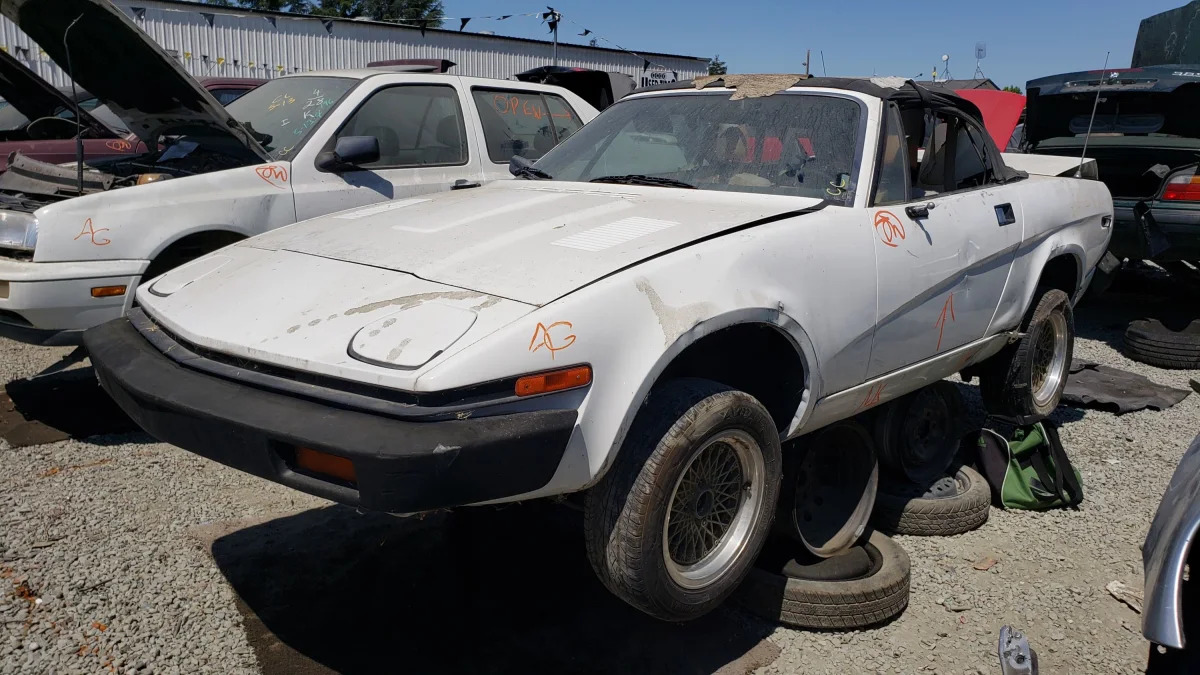









Sign in to post
Please sign in to leave a comment.
Continue